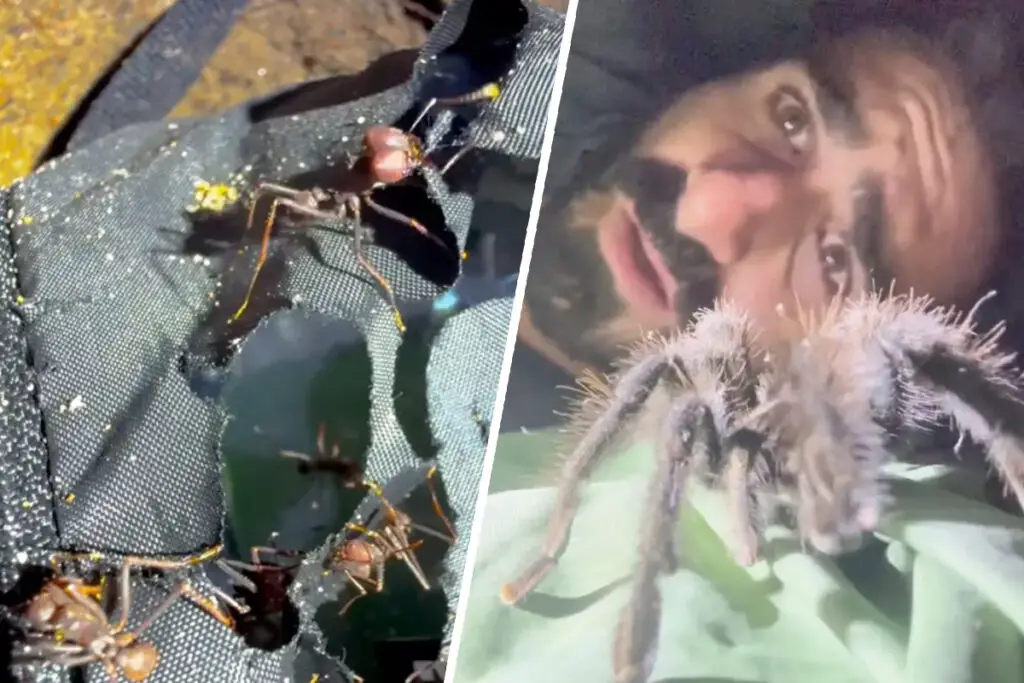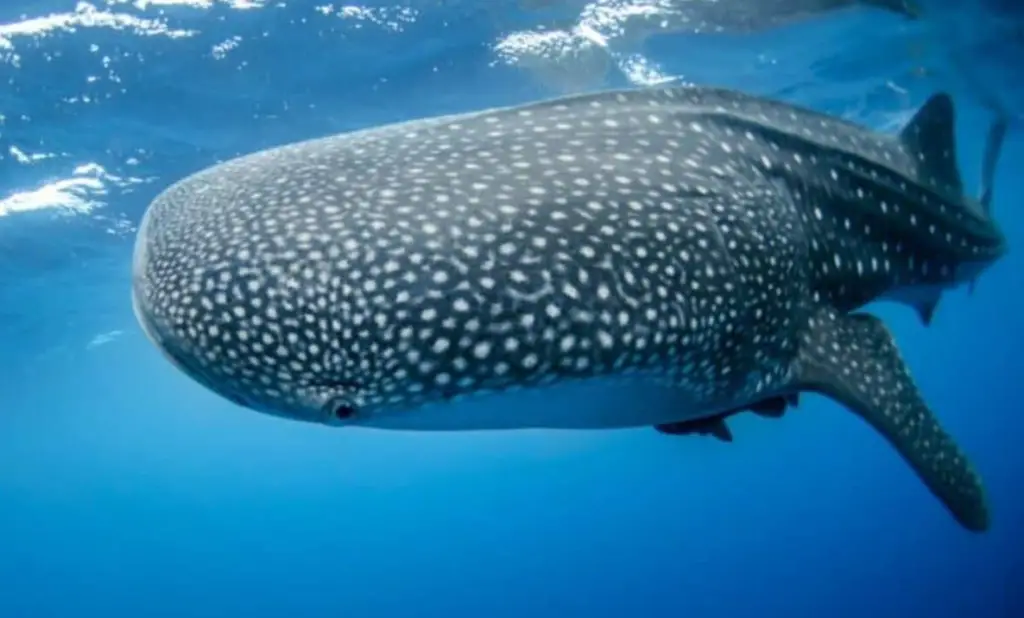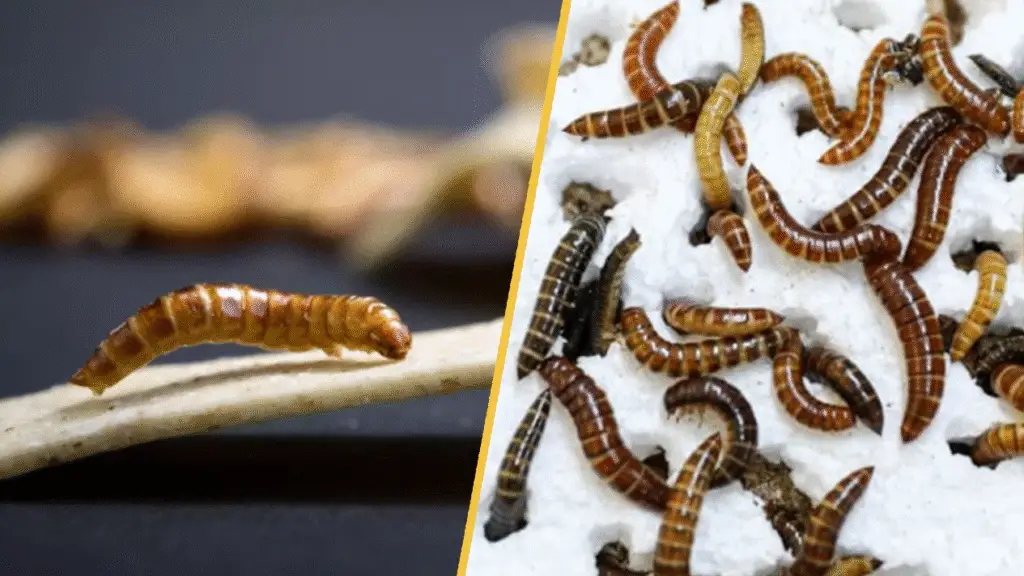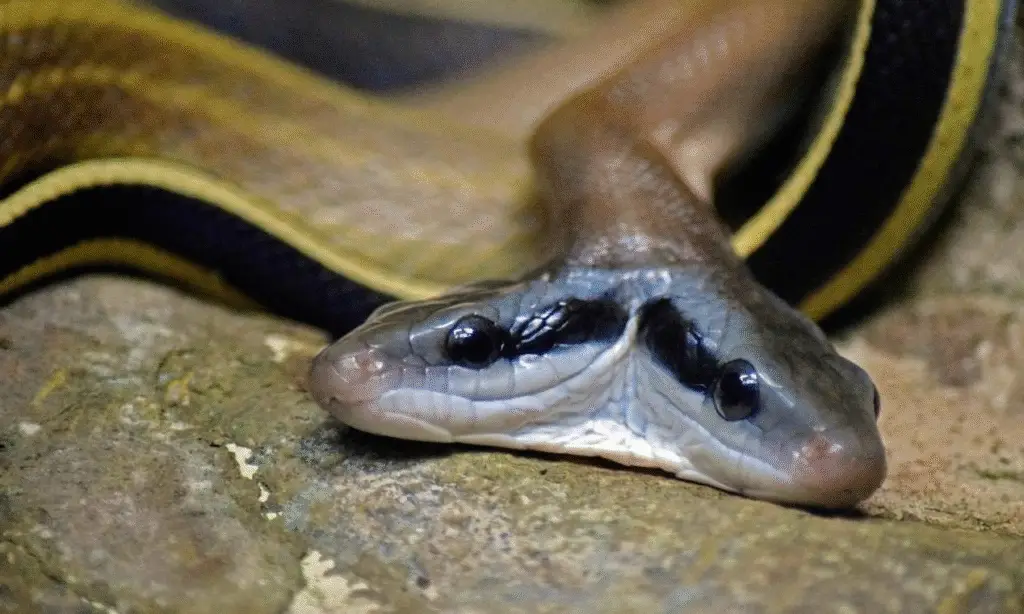Millions of Spiders Turn Pakistani Trees into Ghostly Webs After Catastrophic Floods

In an eerie twist of nature, millions of spiders in Pakistan have transformed entire trees into ghostly, web-draped spectacles following last summer’s catastrophic floods.
The surreal scene, captured in photos shared by the British government, looks like something straight out of a horror movie—but locals say these eight-legged refugees might actually be doing them a favor.
When Disaster Spun a Web of Survival
Let’s rewind to July 2022, when Pakistan’s monsoon season took a deadly turn.
In just one week, 10 years’ worth of rain pummeled parts of the country, submerging an area the size of England and displacing over 20 million people.
Imagine an entire U.S. state like Florida underwater—twice. That’s the scale we’re talking about.
The U.K. Department for International Development (DFID), which rushed aid to the region, described the aftermath as “apocalyptic,” with floodwaters lingering for months.
But here’s where things get weird. When the waters finally began receding, they left behind an unexpected ecological drama.
Spiders, desperate to escape the rising floods, clambered up trees and began spinning webs—so many webs that entire groves now look like they’ve been wrapped in cotton candy by some overzealous Halloween decorator.
A Photographer’s “Holy Spider” Moment
Fast-forward to December 7, 2022. A photographer in Pakistan’s southern Sindh province—one of the hardest-hit regions—snapped jaw-dropping images of trees encased in silky, gauzy webs.
The photos, later shared by the DFID, went viral for their otherworldly vibe. One local resident joked, “It’s like the trees are wearing ghost costumes.”
But this wasn’t just a spooky photoshoot. The spiders were essentially trapped.
With floodwaters stubbornly pooling for months, the arachnids had no dry land to return to.
So they did what any sensible arthropod would do: They built high-rise condos in the treetops. “It’s survival architecture,” said one DFID official, marveling at the phenomenon.

Mosquitoes vs. Spiders: An Unlikely Showdown
Now, if you’re squeamish about spiders, you might want to brace yourself.
But before you shudder and click away, there’s a silver lining here—one that’s got locals oddly grateful for their new eight-legged neighbors.
Stagnant water is basically a five-star resort for mosquitoes.
They lay eggs in it, hatch in it, and turn into buzzing armies of itch-inducing pests.
Post-flood, experts predicted a mosquito population explosion in Sindh, raising alarms about malaria and dengue outbreaks.
But here’s the kicker: Residents say the mosquitoes never came.
“Normally, after floods, we’re drowning in mosquitoes,” said Ali Hassan, a farmer in Sindh. “This time? Barely a bite.
We’ve never seen this before.” The likely heroes? Those web-weaving spiders.
Turns out, spiders love snacking on mosquitoes—and when you’ve got millions of them camped out in trees, it’s like setting up a all-you-can-eat buffet.
Creepy Crawlies to the Rescue?
While scientists haven’t conducted formal studies here, there’s precedent for spiders acting as nature’s pest control.
A 2015 study cheekily titled “Killer Spiders Prefer Malaria Mosquitoes” found that certain spider species selectively target disease-carrying mosquitoes. Coincidence? Maybe not.
“Spiders are opportunistic predators,” explains entomologist Dr. Fiona Cross, who wasn’t involved in the Pakistan case but has studied similar phenomena.
“If mosquitoes are abundant, they’ll happily feast on them. It’s a natural balancing act.”
For Sindh’s residents, that balancing act couldn’t have come at a better time.
With hospitals already overwhelmed by flood-related injuries and waterborne diseases, a malaria spike could’ve been catastrophic.
“These spiders are unsung heroes,” said local teacher Ayesha Malik. “They’re ugly, but they’re saving lives.”
A Never-Before-Seen Phenomenon
What’s striking is that no one in living memory recalls seeing this level of web coverage in Pakistan.
“My grandfather is 90, and even he says he’s never witnessed anything like it,” shared Hassan.
The DFID notes that such extreme flooding—and the extended pooling of water—created a “perfect storm” for the spiders’ arboreal takeover.
But let’s be real: The visuals are bonkers. The webs don’t just cling to branches; they smother entire trees, turning once-lush canopies into eerie, skeletal shapes.
One photo shows a tree so thoroughly wrapped it resembles a giant’s discarded Q-tip.
Another reveals webs stretching like mist between treetops, creating a haunted forest vibe.
Climate Change’s Tangled Web
While the spider story is equal parts fascinating and unsettling, it’s also a stark reminder of how climate change is rewriting ecological playbooks.
Pakistan’s floods—fueled by warmer ocean temperatures supercharging monsoon rains—are just one example of extreme weather events becoming more frequent and intense.
“What we’re seeing here is nature adapting, but it’s adaptation born of desperation,” said environmental scientist Dr. Hina Khan, who works in the region.
“Spiders saving villages from mosquitoes sounds uplifting, but it’s happening because we’ve disrupted the balance of our ecosystems.”
The DFID, which continues to support recovery efforts, has used the spider photos to highlight both the scale of the disaster and the resilience of affected communities.
“Even in the bleakest moments, life finds a way—sometimes in the most unexpected forms,” a DFID spokesperson remarked.
The Bigger Picture: Beauty in the Blight
For now, Sindh’s spiderweb trees serve as a hauntingly beautiful symbol of survival.
Tourists (and yes, a few brave scientists) have begun visiting the area to witness the phenomenon firsthand.
Social media is flooded with hashtags like #SpiderForest and #WebOfHope, though not everyone’s a fan.
“It’s cool, but I wouldn’t want to camp there,” admitted Reddit user u/ArachnoPhobe99.
As for the spiders? Their future is uncertain. Once floodwaters fully recede, they’ll likely return to ground-level habitats, leaving their ghostly webs to dissolve in the wind.
But for now, they’re a reminder that even in disaster, nature can spin something extraordinary—and maybe even save a few lives along the way.
































